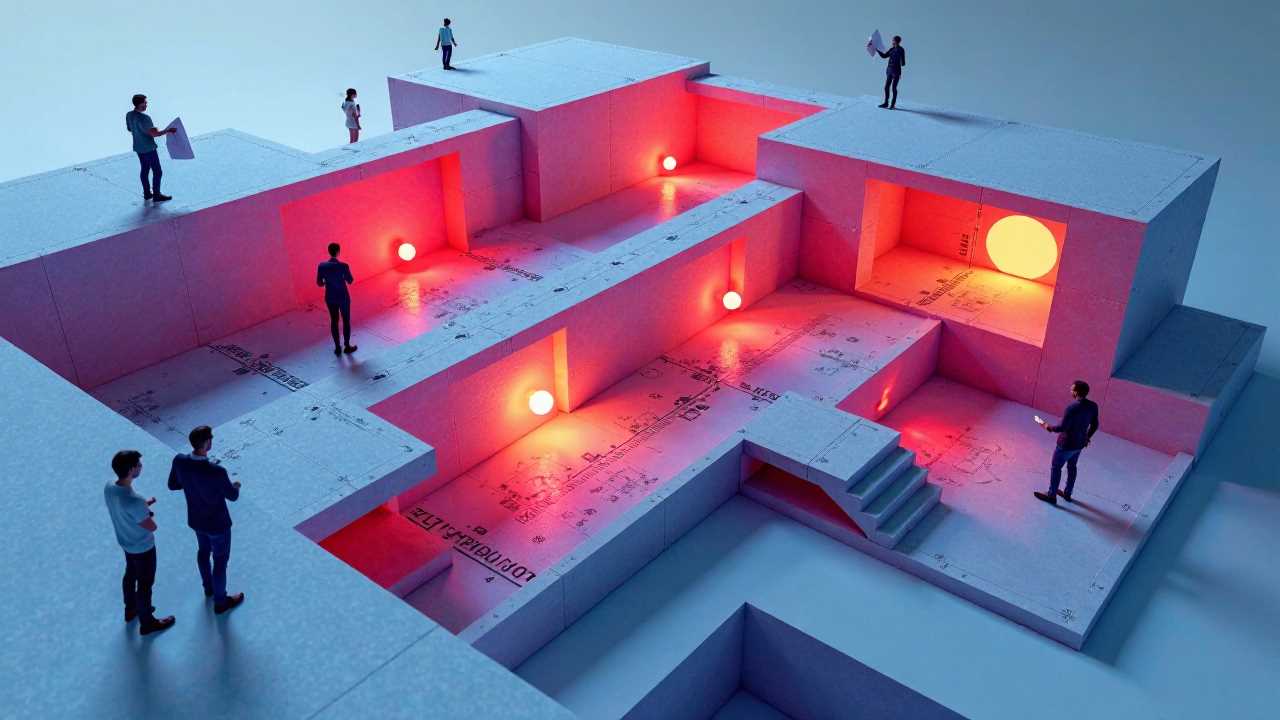
Understanding Architectural Visualization Animation
Architectural visualization animation is a powerful tool that allows architects, designers, and clients to visualize projects before they are built. This process combines 3D rendering, lighting techniques, and scene composition to create an immersive experience that showcases the design's potential. By mastering these elements, we can effectively communicate our vision and engage our audience.
The Role of 3D Rendering in Architectural Visualization
3D rendering is the backbone of architectural visualization animation. It transforms 2D plans and sketches into realistic three-dimensional images. This process involves creating a digital model of the structure, applying materials, and setting up lighting to simulate how the building will look in real life.
To achieve high-quality rendering, we must pay attention to detail. This includes selecting appropriate textures for surfaces, ensuring that materials reflect light accurately, and adjusting the scale of objects within the scene. The use of advanced rendering software, such as V-Ray or Lumion, can significantly enhance the quality of our visualizations, allowing us to produce stunning images that captivate our audience.
Lighting Techniques: Setting the Mood
Lighting techniques play a crucial role in architectural visualization animation. The right lighting can dramatically affect the mood and perception of a space. We can use various lighting methods, such as natural light, artificial light, and ambient light, to create a realistic atmosphere.
Natural light is often the most desirable, as it showcases the design's relationship with its environment. To simulate natural light, we can adjust the sun's position and intensity within our rendering software. On the other hand, artificial lighting can be used to highlight specific features or create a cozy ambiance. By strategically placing light sources, we can guide the viewer's eye and emphasize the design's key elements.
Camera Movement: Creating Dynamic Visuals
Camera movement is an essential aspect of architectural visualization animation. It adds depth and dimension to our presentations, allowing viewers to experience the space as if they were walking through it. By incorporating smooth camera transitions, we can create a more engaging narrative that showcases the design's flow and functionality.
When planning camera movements, we should consider the story we want to tell. For instance, a slow pan across a room can highlight the layout and furnishings, while a quick zoom can emphasize a particular detail. Utilizing techniques such as dolly shots, crane shots, and tracking shots can enhance our animations and provide a more immersive experience for the viewer.
Texture Mapping: Adding Realism
Texture mapping is the process of applying images or patterns to 3D models to create realistic surfaces. This technique is vital in architectural visualization animation, as it adds depth and detail to our designs. By carefully selecting and applying textures, we can replicate materials such as wood, stone, glass, and metal, making our visualizations more believable.
When texture mapping, it is essential to consider the scale and orientation of the textures. A misaligned or improperly scaled texture can detract from the overall quality of the visualization. Additionally, we should pay attention to the material properties, such as reflectivity and roughness, to ensure that our textures interact realistically with light.
Scene Composition: Crafting the Perfect Frame
Scene composition is the art of arranging elements within a frame to create a visually appealing and balanced image. In architectural visualization animation, effective composition can draw the viewer's attention to key features and enhance the overall storytelling.
To achieve strong scene composition, we can utilize principles such as the rule of thirds, leading lines, and framing. The rule of thirds involves dividing the frame into a grid and placing important elements along the lines or at their intersections. Leading lines guide the viewer's eye through the scene, while framing techniques can help isolate subjects and create a sense of depth.
Animation Timing: The Rhythm of Visualization
Animation timing is a critical factor in creating a compelling architectural visualization animation. The pacing of our animations can significantly impact how the viewer perceives the design. A well-timed animation can evoke emotions and create a sense of anticipation.
When planning animation timing, we should consider the rhythm of the movements and transitions. Smooth, gradual movements can create a calming effect, while quick cuts can generate excitement. By carefully choreographing our animations, we can enhance the viewer's experience and effectively convey our design intent.
Bringing It All Together
Mastering architectural visualization animation requires a deep understanding of 3D rendering, lighting techniques, camera movement, texture mapping, scene composition, and animation timing. By honing these skills, we can create stunning visualizations that not only showcase our designs but also engage and inspire our audience. As we continue to refine our craft, we will unlock new possibilities in architectural storytelling, ultimately elevating our projects to new heights.
 Digital Art InstructionDIY Infographics DesignMobile Game ArtworkPersonalized Logo Design3D AnimationeBook Covers DesignPrivacy PolicyTerms And Conditions
Digital Art InstructionDIY Infographics DesignMobile Game ArtworkPersonalized Logo Design3D AnimationeBook Covers DesignPrivacy PolicyTerms And Conditions
